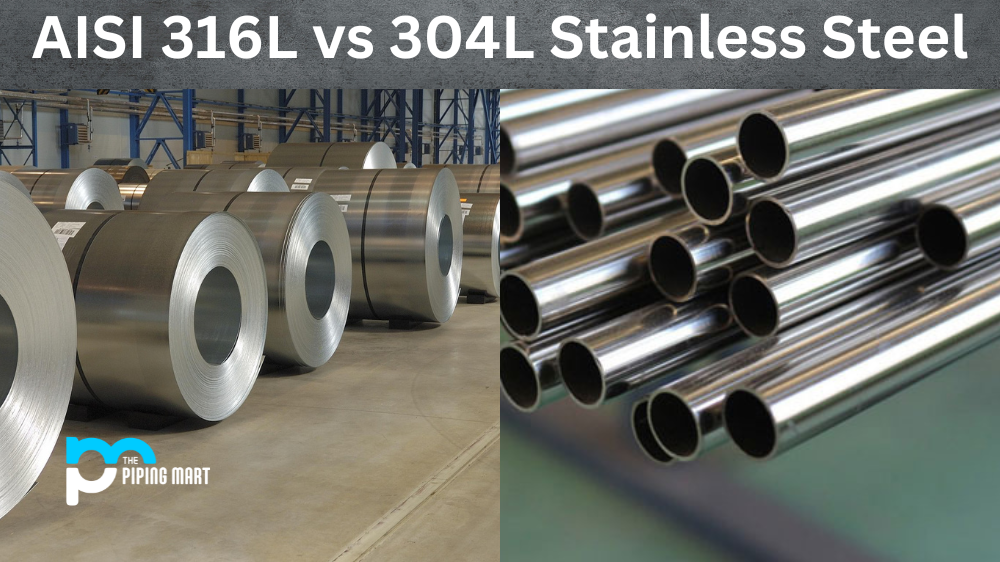Die-cast magnesium and aluminum are the most commonly used materials for manufacturing parts. They offer unique advantages and disadvantages but knowing which material best suits your needs is complex. This article will look at what sets these two metals apart and how they might be used in different applications.
Die casting is a process that involves heating metal until it is molten and then forcing it into a mold under pressure. Magnesium and aluminum are ideal for this process due to their low melting points. The resulting parts are solid and lightweight, making them a perfect choice for many applications.
The most significant difference between magnesium and aluminum is their weight. Magnesium is much lighter than aluminum, making it ideal for applications where weight needs to be kept to a minimum. It also has significantly better heat resistance than aluminum, making it suitable for high-temperature applications such as electronics or aerospace components.
Difference Between Die Cast Magnesium and Aluminum
Magnesium is Lighter
Magnesium is the lightest of all metal structural materials. It weighs about two-thirds as much as aluminum and one-quarter as much as steel. This property makes it an ideal choice for applications where weight is a significant consideration, such as the automotive and aerospace industries.
Magnesium has a Higher Strength-to-Weight Ratio.
In addition to being lighter than aluminum, magnesium has a higher strength-to-weight ratio. This means that it is more potent per unit of weight than aluminum. This property makes magnesium a good choice for applications where lightness and strength are essential, such as in the construction of aircraft and spacecraft.
Magnesium is More Corrosion-Resistant
Magnesium is more resistant to corrosion than aluminum. This means it will rust less quickly when exposed to the elements, making it a good choice for outdoor applications. Additionally, magnesium does not require protective coatings, such as paint, which can add weight and cost to a product.
Magnesium Can Be Recycled
Magnesium can be recycled quickly and efficiently. Over 80% of the magnesium used in the United States is recycled yearly. This makes it a good choice for applications where sustainability is essential, such as in the automotive industry.
Magnesium Costs More Than Aluminum
While magnesium has many advantages over aluminum, one disadvantage is that it costs more. This is because magnesium is more challenging to extract from ore and refine into a usable form. Additionally, magnesium production requires more energy than aluminum production.
Conclusion:
When deciding between die-cast magnesium and aluminum for your application, you need to consider the specific requirements of the part being manufactured and the environmental conditions in which it will be used. Magnesium offers superior heat resistance, light weight, and strength-to-weight ratio but costs more than aluminum and can corrode in specific environments. Aluminum offers excellent corrosion resistance at a lower cost but may not be suitable in high-temperature settings or where the strength-to-weight ratio is essential. By understanding the differences between these two materials, you can make an informed decision about the best suited to your needs.
Meet Heer, a dynamic and driven writer learning tricks of her trade in the metal industry. With a background in Digital Marketing, Heer brings a unique perspective to her writing, sharing valuable insights. Apart from blogging she like reading and hiking.




